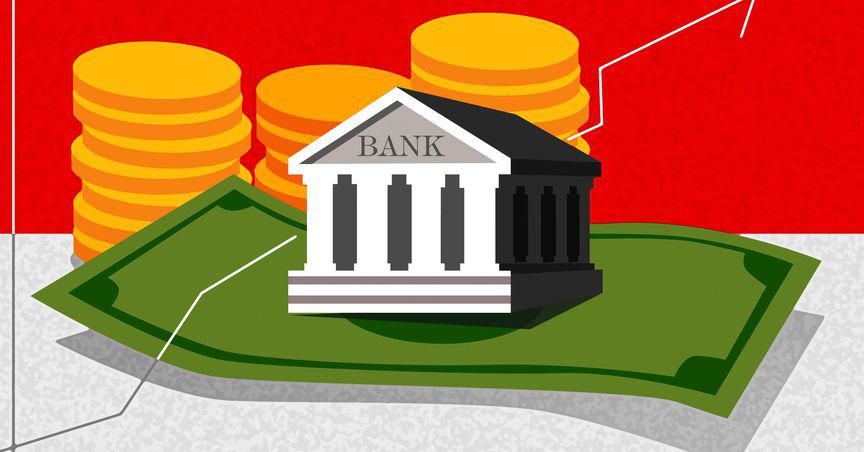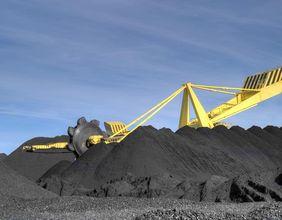Highlights
- The ABS has reported that the June unemployment rate has dipped to 3.5%, a level unseen since August 1974.
- The unemployment rate has dropped to a level much lower than the forecast presented by the Reserve Bank.
- The RBA might continue its aggressive interest rate hike to keep inflation in check.
The latest unemployment data released by the Australian Bureau of Statistics (ABS) has highlighted the undying strength of the labour market as the economy faces tough headwinds. According to ABS, the unemployment rate fell to 3.5% in June 2022, the lowest it has ever been since August 1974.
The unemployment data was a reason to rejoice among a series of global dismal events. It highlights that a larger number of people than usual have become employed, and a lesser number of employed people have become jobless during the month. These factors have made for an exceptionally tight labour market, where worker demand remains buoyant.
Australia’s unemployment rate hits the lowest level in 48 years
Australia’s unemployment rate has helped keep the economy afloat during times of high inflation. When most economies fear a plunge into recession, Australia has remained in a relatively better position. Experts have suggested that Australia might steer clear of a recession due to its sustained economic growth and labour market strength.
However, expected interest rate hikes by the Reserve Bank of Australia (RBA) have clouded the outlook for the economy. While a little effect of these rate hikes is visible on inflation, they have certainly dampened consumer and business confidence.
INTERESTING READ: What's stoking Australia's workforce crisis in retail space?
Multiple factors to consider
The RBA has implemented three back-to-back interest rate hike decisions in its monetary policy meet, taking the official cash rate to 1.35%. The last two rate hikes by the RBA were larger-sized 50 basis point hikes. These hikes have been introduced to combat inflationary pressures. However, inflation appears to be on a never-ending path.
In part, inflation has also been augmented due to the rising inflation across the US. Imported inflation is partially responsible for the current rise in prices across Australia. Most notably, inflationary fears across the US are much more pronounced than anywhere else. Thus, a slowdown in the prices of goods and services may be an occurrence far from reality.

Additionally, the latest unemployment data has exceeded the forecasts of even the central bank. The better-than-expected unemployment level could potentially open doors for higher spending in the coming periods. As individuals are able to retain their jobs in an inflationary environment, they are more likely to spend on consumer goods.
Thus, higher spending in the present times is likely to aggravate the current inflationary situation. A rise in prices often accompanies higher demand for goods and services. If suppliers cannot match the surge in demand, they would be forced to raise prices of their products and services, stoking inflation further.
Will RBA keep a tenacious approach?
Recent events suggest that the RBA might be forced to adopt a tighter approach on monetary policy. This is highly contradictory to the views presented by some market forecasters a while back. Opinions of a slower rate hike had been brewing among economic forecasters because the RBA might have to be more cautious with time.
Some experts believed that the RBA would lower its pace of interest rate hikes to avoid the short-term impacts of maintaining disproportionately high-interest rates. Essentially, having a high-interest rate can make reaching the neutral interest rate setting difficult once conditions are back to normal. A neutral interest rate is determined based on market conditions and is not a single number.
Thus, if all were to go as planned, the RBA could have taken a softer approach to monetary tightening in the second half of the year. However, with the unemployment rate giving a better-than-expected view of the economy, the RBA might be compelled to stick to its aggressive rate hike measures once again.
Thus, the RBA may move in sync with its foreign counterparts that are adopting massive interest rate hikes. This means a rate hike of 75 basis points or even 100 basis points could be a possibility in the next RBA meeting. Though the central bank has not hinted at such massive rate hikes, economists largely expect the RBA to match pace with foreign central banks.
If the RBA goes for a larger rate hike than its previous hikes, it will set a completely different set of events in motion. Consumer confidence may drop significantly, and economic growth may stall further. However, the labour market is expected to be a continuing source of strength.





